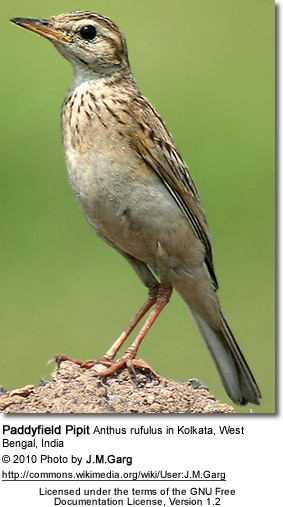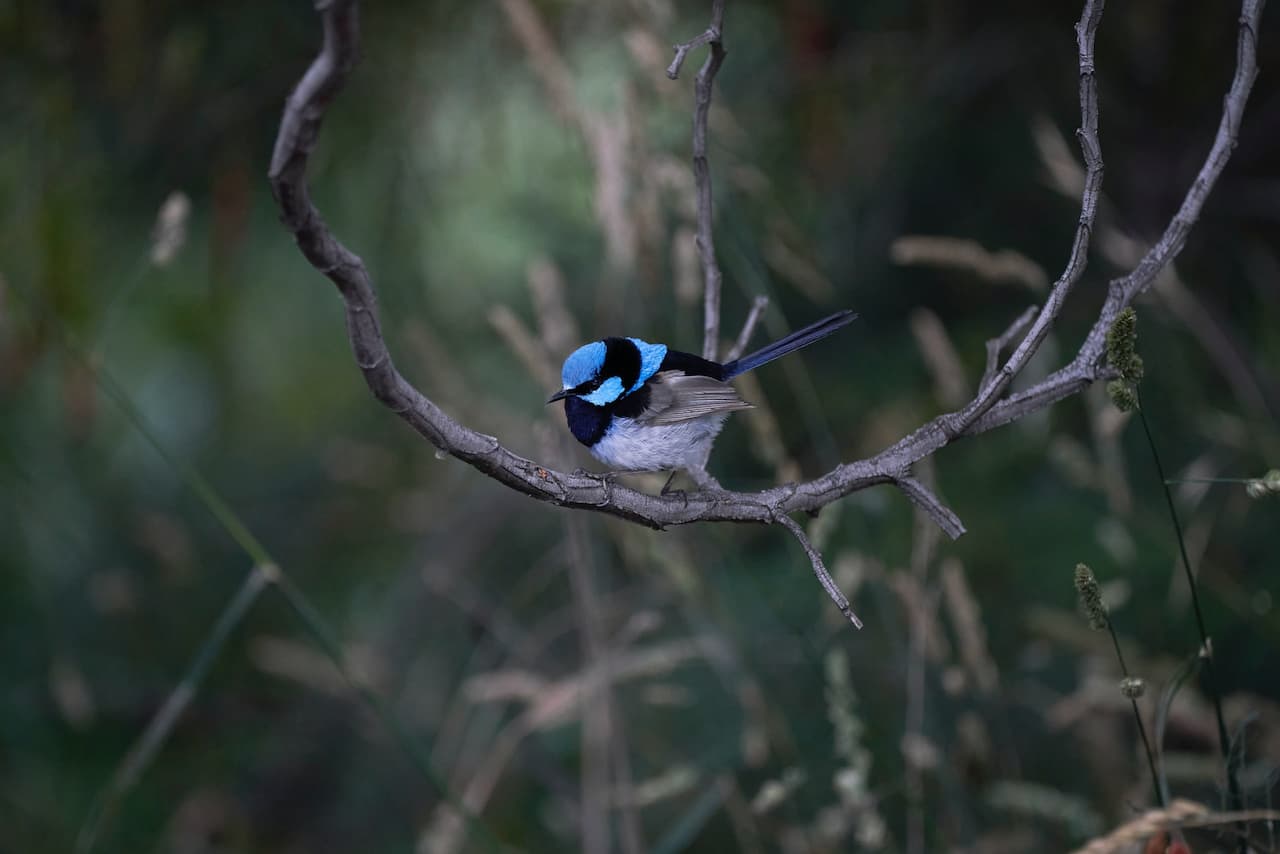Yellow-billed Pintail
The Yellow-billed Pintails (Anas georgica) are South American dabbling ducks that were named for their yellow bills. The scientific name was derived from the home range of the nominate race – the South Georgia Islands.
Alternate (Global) Names
Chinese: ????? … Czech: Ostralka žlutozobá … Danish: Sydgeorgisk Spidsand … Dutch: Bruine Pijlstaart, Geelbekpijlstaart, Zuidamerikaanse Pijlstaart … Spanish: Anade Maicero, Pato jergón grande, Pato Maicero, Pato Piquidorado … Estonian: koldnokk-soopart … Finnish: Suippopyrstösorsa … French: Canard à queue pointue, Pilet à bec jaune … German: Chilenische Spitzschwanzente, Spitzschwansente, Spitzschwanzente … Guarani: Ype ruguái akua … Italian: Anatra dal becco giallo, Codone beccogiallo … Japanese: kibashionagagamo … Norwegian: Spisshaleand … Polish: Ro?eniec argenty?ski, rozeniec zóltodzioby, ro?eniec ?ó?todzioby … Portuguese: marreca-danada, Marreca-parda … Russian: ??????????? ?????????? … Slovak: kacica koncitochvostá … Swedish: Gulnäbbad stjärtand
Distribution / Range
Yellow-billed Pintails are native to Argentina, Bolivia, Brazil, Chile, Colombia, Ecuador, Peru, Uruguay; as well as occurring on some of the sub Antarctic islands, including Falkland Islands (Malvinas) and South Georgia.
Southern, mainland populations migrate as far north as southern Brazil. Those living in temperate regions or islands are generally sedentary (non-migratory).
They occur both at low and high elevations (up to 15,000 feet or 4,600 meters) in the puna zone
They inhabit lakes, lagoons, flooded meadows, marshes and rivers in open country, and – particularly the nominate race – on coasts.
Subspecies, Distribution and Identification:
- Yellow-billed Pintail / South Georgian Teal / South Georgian Pintail (Anas georgica georgica – Gmelin, 1789) – The nominate and smallest race
- Range: South Georgia Islands, where they are mostly sedentary (non-migratory); however, some reach the South Shetland IslandsPopulation estimate: 1,000 – 1,500 pairsID: Plumage much darker and more reddish-brown than “spinicauda” described below. The flanks and abdomen are darker. The plumage is red-brown with dark spotting.
- Brown Pintail; Chilean Pintail (Anas georgica spinicauda – Vieillot, 1816) – By some authorities considered a separate species
- Range: Widespread on the South American mainland from extreme southern Colombia south to Tierra del Fuego, and eastwards to eastern Argentina and Falkland Islands.Population estimate: Over 110,000ID: Brown head and long neck with fine black mottling. Paler and plainer throat and foreneck. Plumage mostly buff-brown with dark brown-black centers to feathers. Spotted chest. Paler and fewer markings on belly. Plumage above is brown-black with buff edges. The wings are grey-brown, greater wing feathers are buff-tipped, secondary wing feathers are glossy black with buff tips. Glossy black speculum (wing patch) edged with buff. Female slightly duller with whiter central abdomen. Secondary wing feathers a duller black-brown. .
- Niceforo’s Pintail (Anas georgica niceforoi – Wetmore and Borrero, 1946) – believed to be extinct
- Range: Formerly found in central ColombiaStatus: By 1956, believed to be extinct. Last specimen recorded in 1952.ID: Darker plumage than “spinicauda” described above. There was more streaking on the head and neck. The crown was dark brown and the tail was shorter.
Description
The Yellow-billed Pintails measures 17 – 22 inches (43 – 55 cm) in length – including the tail.
It has a brown head and neck, and a bright yellow bill with a black tip and a black stripe down the middle. The pointed tail is brownish. The upper wing is greyish-brown, and the secondary wing feathers are blackish-green. The rest of the plumage is buffish brown with varying size black spots.
Similar Species:
- The Yellow-billed Pintail resembles the Speckled (Yellow-billed) Teal, but can be differentiated by its larger size, longer neck, and the yellow stripes on its bill.
Breeding / Nesting
The female alone builds the nest, which is usually a platform of stems lined with grass and feather down placed on the ground. The nest is usually well hidden in vegetation and located close to water.
The female alone builds the nest, which is usually a platform of stems lined with grass and feather down placed on teh ground. The nest is usually well hidden in vegetation and located close to water.
Nests may contain 4 – 10 eggs, which are incubated for about 26 days to hatching. The males will help in raising the chicks. The young fledge (leave the nest) when they are about 45 – 60 days old.
Relevant Resources
Species Research by Sibylle Johnson
Diet / Feeding:
Yellow-billed Pintails mostly feed on seeds, roots and vegetative parts of grasses, sedges, algae and other aquatic plants; as well as stubble and grain.
The Brown Pintail; Chilean Pintail (Anas georgica spinicauda) is more vegetarian, while the South Georgia population also feeds on aquatic invertebrates (crustaceans, insects, mollusks) and scavenges on fur seal and penguin corpses.
Ducks, in general, feed on larvae and pupae usually found under rocks, aquatic animals, plant material, seeds, small fish, snails, and crabs.
Instead of “teeth,” ducks have serrations (saw-like edges) on their bills that allow them to filter food out of the water.
Captive birds are often fed commercially prepared duck food pellets – if there are insufficient natural resources available to sustain them. As they feed on insects, they are very useful in ridding gardens or lawns of harmful bugs.





